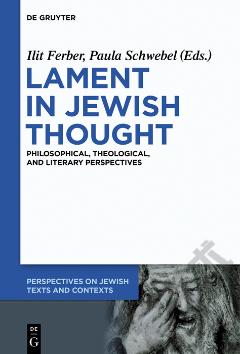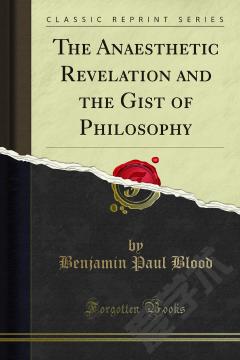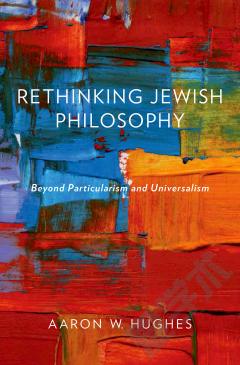Concealment and Revelation —— Esotericism in Jewish Thought and its Philosophical Implications
----- 隐慝与天启
Acknowledgments ix A Note on Editions Used xi Introduction 1 Chapter 1: The Paradox of Esotericism: "And Not on the Chariot Alone" 8 Chapter 2: The Hidden and the Sublime: Vision and Restriction in the Bible and in Talmudic Literature 13 Chapter 3: The Ethics of Gazing: The Attitude of Early Jewish Mysticism Toward Seeing the Chariot 18 Chapter 4: Concealment and Power: Magic and Esotericism in the Hekhalot Literature 28 Chapter 5: Esotericism and Commentary: Ibn Ezra and the Exegetical Layer 34 Chapter 6: Concealment and Heresy: Astrology and the Secret of the Torah 44 Chapter 7: Double Language and the Divided Public in Guide of the Perplexed 49 Chapter 8: The Breaching of the Limits of the Esoteric: Concealment and Disclosure in Maimonidean Esotericism 60 Chapter 9: From Transmission to Writing: Hinting, Leaking, and Orthodoxy in Early Kabbalah 69 Chapter 10: Open Knowledge and Closed Knowledge: The Kabbalists of Gerona-Rabbi Azriel and Rabbi Ya'akov bar Sheshet 77 Chapter 11: Tradition, Closed Knowledge, and the Esoteric: Secrecy and Hinting in Nahmanides' Kabbalah 83 Chapter 12: From Tradition to Literature: Shem Tov Ibn Gaon and the Critique of Kabbalistic Literature 93 Chapter 13: "The Widening of the Apertures of the Showpiece": Shmuel Ibn Tibon and the End of the Era of Esotericism 105 Chapter 14: Esotericism, Sermons, and Curricula: Ya'akov Anatoli and the Dissemination of the Secret 114 Chapter 15: The Ambivalence of Secrecy: The Dispute over Philosophy in the Early Fourteenth Century 120 Chapter 16: Esotericism, Discontent, and Co-Existence 135 Chapter 17: Taxonomy and Paradoxes of Esotericism: Conceptual Conclusion 142 Notes 169 Index 191
{{comment.content}}








 京公网安备 11010802027623号
京公网安备 11010802027623号